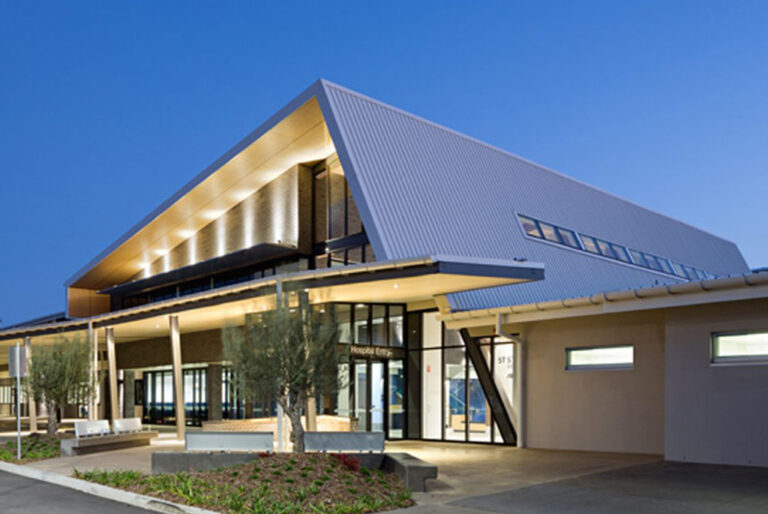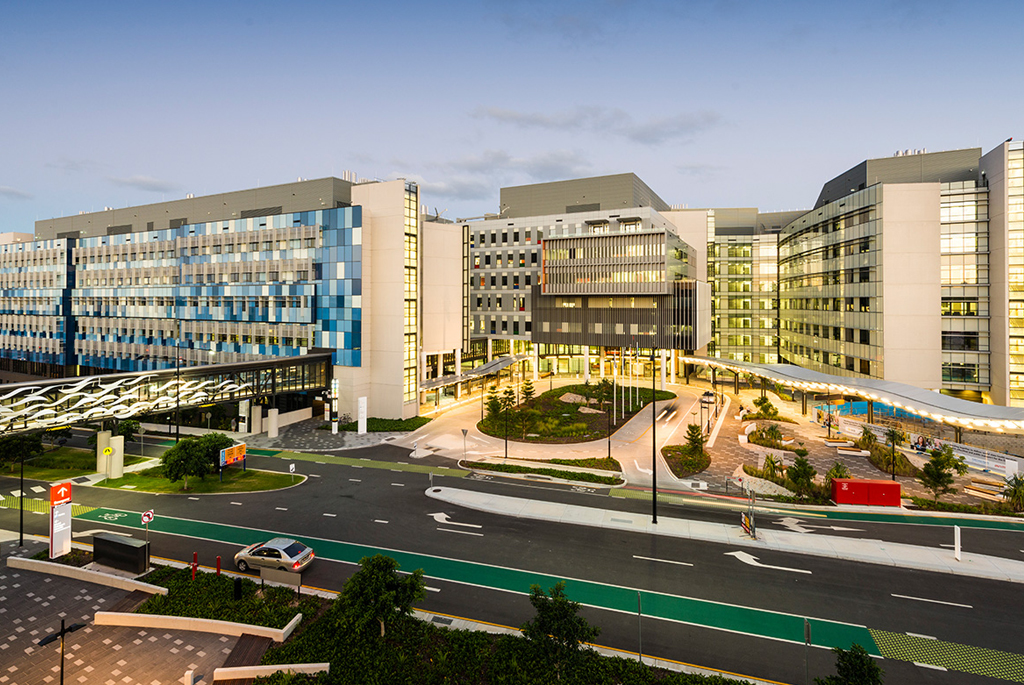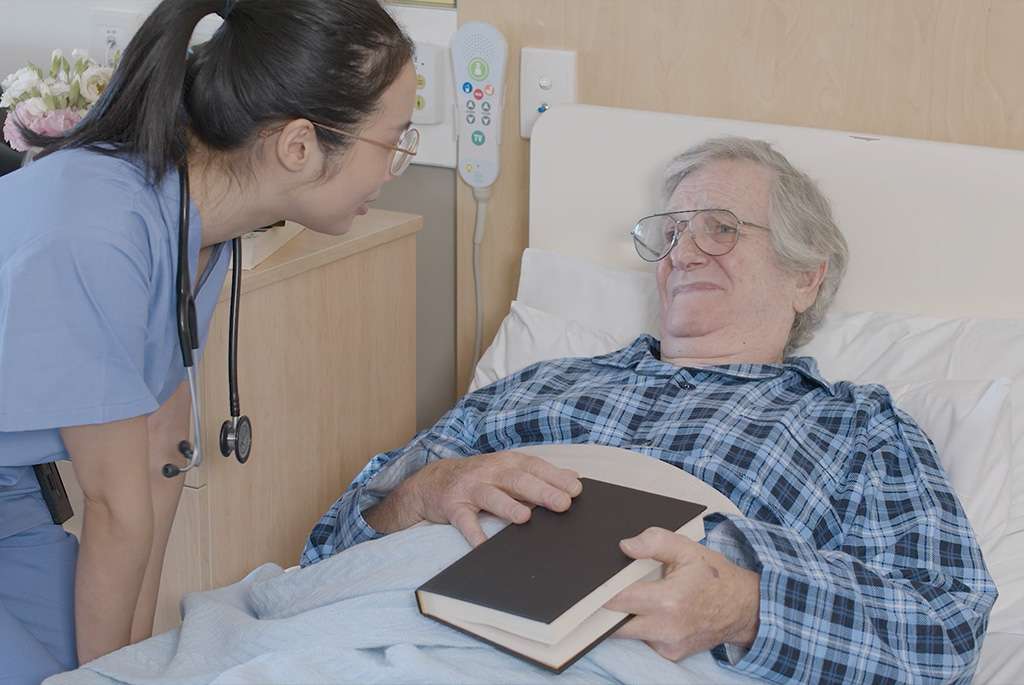St Stephen’s Hospital

Share:
St Stephen’s Hospital implements the Responder 5 nurse call and workflow solution and the Concierge HiMed to enhance care team coordination and patient experience.
St Stephen’s Hospital
The UnitingCare Health group had a vision to create a cutting-edge healthcare facility for the Fraser Coast community. In planning the new St Stephen’s Hospital in Hervey Bay, the project team also had another objective – to build the country’s first fully integrated digital hospital, and a pilot site for the future of healthcare in Australia.
The design was developed with a focus on the health, safety and comfort of patients, and with extensive input from a range of health professionals and the local community. The technology was simply an enabler to the ultimate goal of improving clinical outcomes and driving operational efficiencies.
Having selected Cerner as its Electronic Medical Record (EMR) platform, the eHealth project team commenced the search for nurse call and patient entertainment solutions that would seamlessly integrate with the EMR and directly support the patient-centric vision.
The Challenge
St Stephen’s Hospital was seeking an integrated communication solutions for their new state-of-the-art digital hospital that would complement their eHealth strategy and integrate well with the Cerner EMR system. They needed new technology that would allows them to automate processes and capture and share information in real time, enabling them to deliver exceptional patient care.
The Solution
In their search for best-of-breed solutions, the project team conducted extensive marketplace research. Rauland Australia was invited to participate in the process and contributed to the early stakeholder consultation workshops and in finalising the system specifications.
Rauland’s solution is designed to support St Stephen’s advanced patient model. The Responder 5 nurse call and workflow solution provides advanced hospital-wide communication, and the Concierge HiMed point-of-care terminals enable flexible patient entertainment and communication options, and electronic meal ordering functionality.
Outcomes
Here are just some of the ways it helps the team at St Stephen’s to provide exceptional patient care:
- Nurses respond to patient needs, not just patient calls
The smart nurse call handset enables patients to select ‘Pain’, ‘Toilet’ or ‘Nurse’ buttons. The designated nurse receives the notification on their wireless device and can speak to patient to assure that their request has been heard. Nurses can prioritise all of their calls with ease and go to the patient room prepared with what they need.
- Patients receive personalised, familiar care
Two-way communication between patient and nurse means the patient is always connected to their primary care giver. This one-to-one relationship helps to reduce the people traffic coming in and out of the patient room throughout the day. If the patient’s designated nurse is not available to take their call, the call is routed to the next available nurse or the nursing unit manager and the patient is kept informed in real-time.
- Fast, direct communication saves theatre time
At a single press of a button, the workflow terminals enable theatre staff to initiate contact with other theatres or specialist support teams. Clinicians can consult their colleagues with ease, and swiftly coordinate assistance from the pathology or radiology teams. It takes one quick action to request the assistance of an orderly, with each request clearly specified. For example ‘Theatre Clean’, ‘Urgent Pick-up’, or ‘Transfer to PACU’.
- Greater autonomy helps to enhance the patient experience
Patients are able to access information about their care and treatment plan, select their meals online, and to browse the internet or watch TV – all through a simple, easy-to-use interface. The system has been embraced by patients of all ages and provides them with a greater sense of control and autonomy.
- Electronic meal ordering saves time and helps to protect patient safety
Using the HiMed bedside terminals, patients select and order their meals from a personalised menu that reflects their individual dietary and therapeutic requirements. Not only does this eliminate several manual steps (such as menu printing, distribution, collection and collation), it also reduces the risk of the patient being given a meal that may have adverse health effects.
Share:
“The bedside terminals help us improve clinical collaboration, and provide patients with autonomy in ordering meals and selecting entertainment options – and hence giving them a greater sense of control and improving the overall patient experience.”
Rae Priaulx
Acting General Manager/Director of Nursing, St Stephens
Related Content

Gosford Hospital
Gosford Hospital improves patient safety and quality of care with quiet environment
Learn More
Gold Coast University Hospital
Gold Coast University Hospital leverages technology to transform patient meal ordering
Learn More
Knox Private Hospital
Knox Private Hospital improves patient satisfaction and quality of care with quiet environment
Learn MoreNo posts found!
